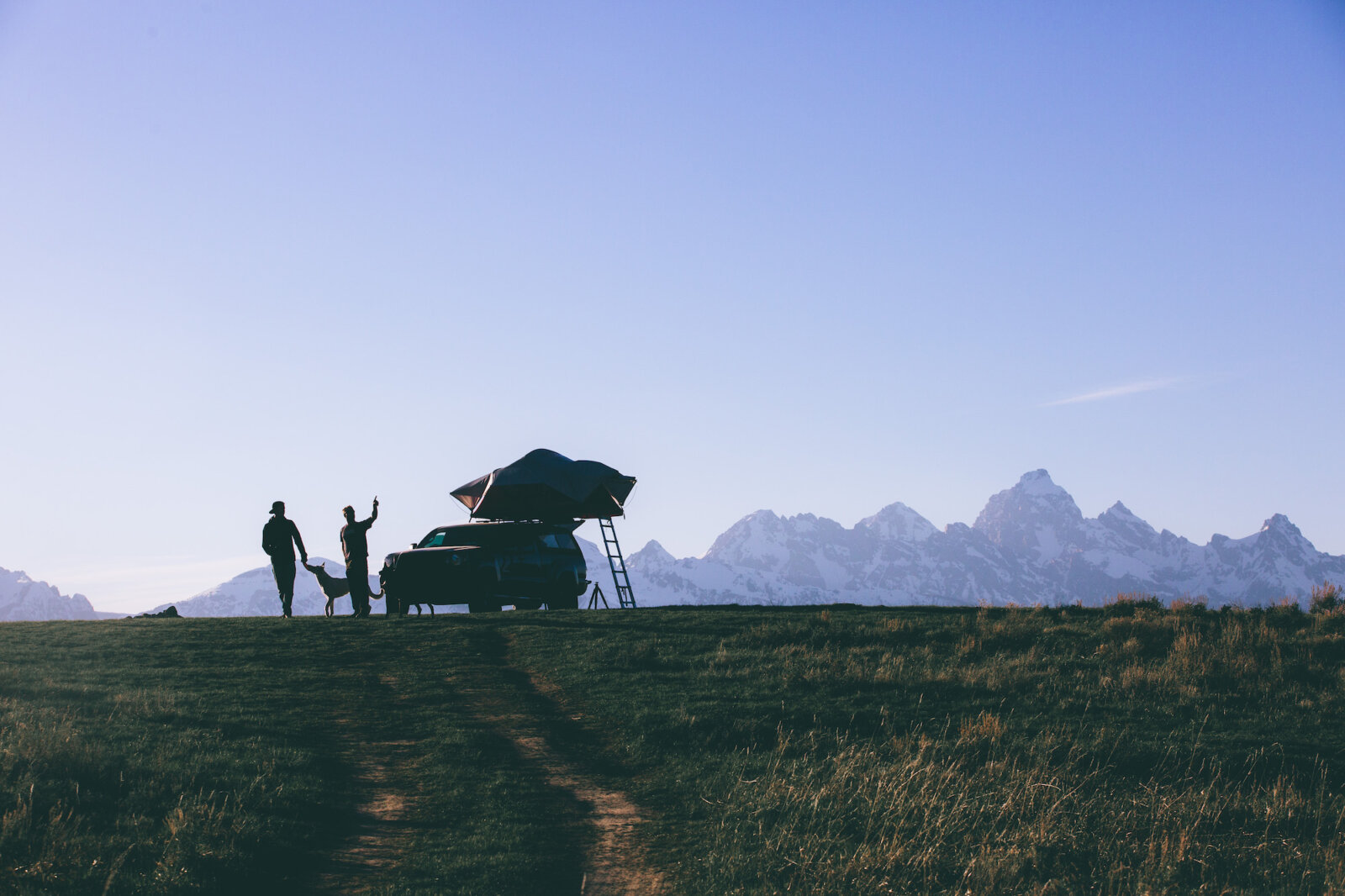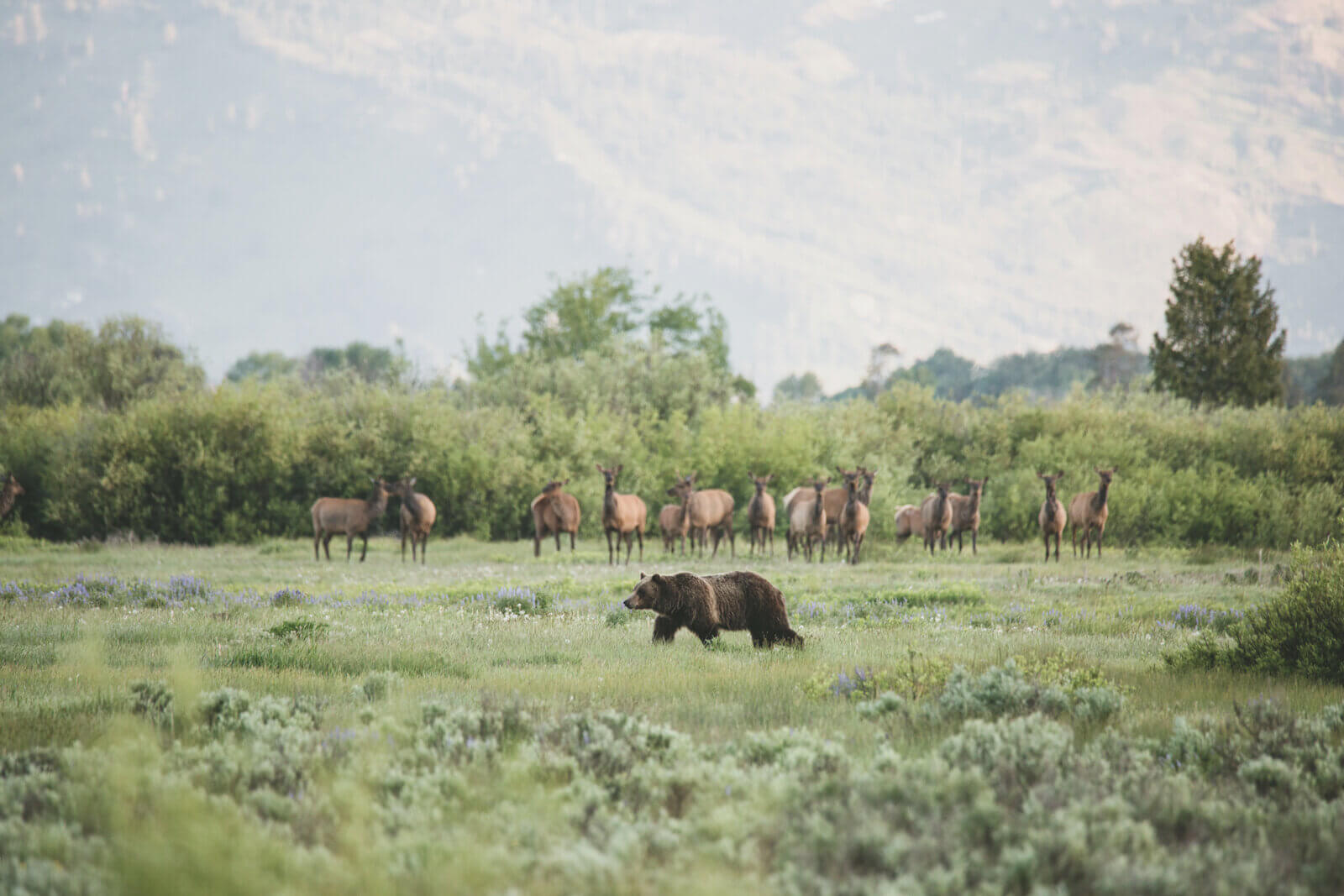Plan Ahead for Your Backcountry Adventure in Jackson Hole
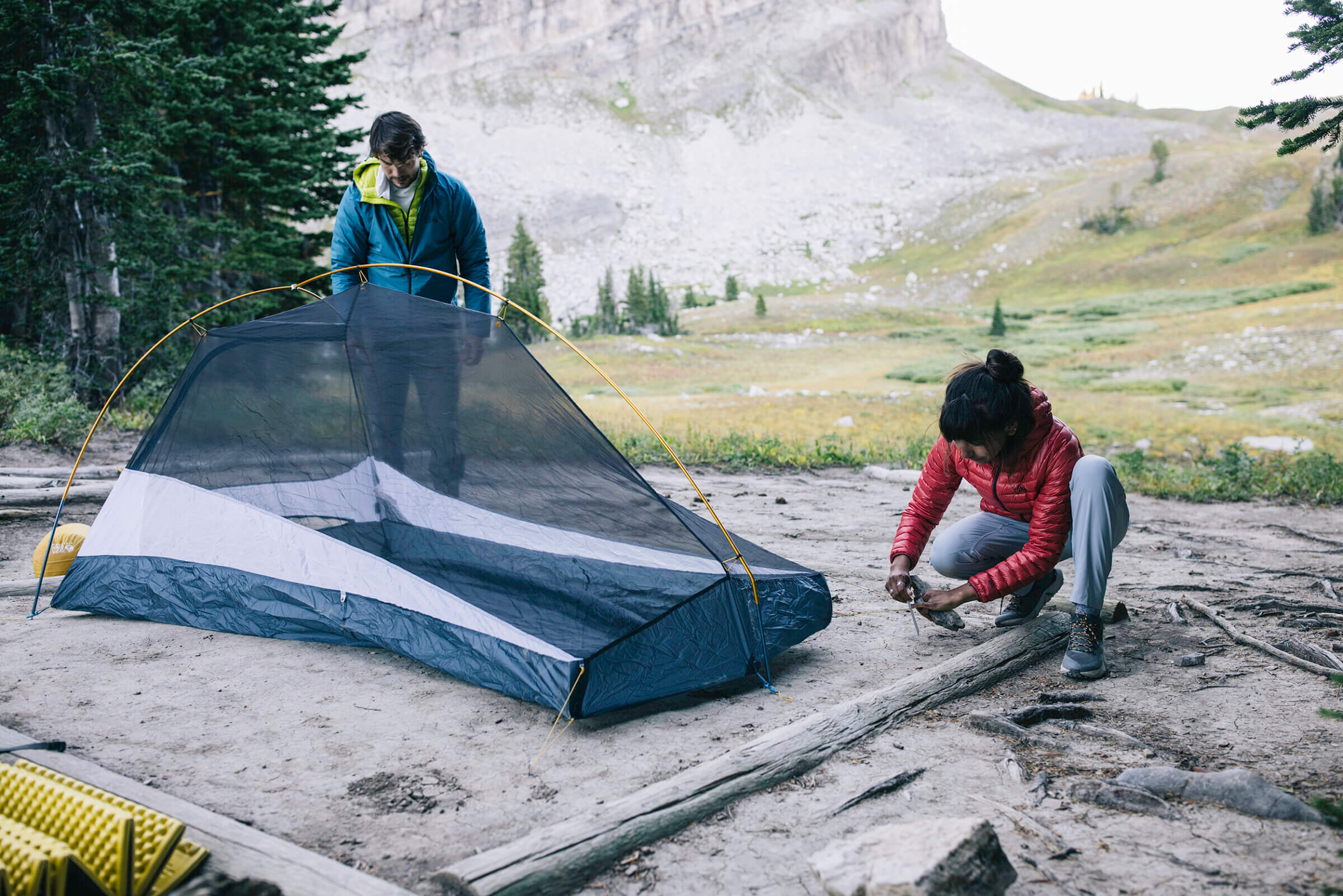 Backcountry Camping in Grand Teton National Park, Photo: Andy Cochrane.
Backcountry Camping in Grand Teton National Park, Photo: Andy Cochrane.
The better prepared you are, the more you’ll enjoy the backcountry.
Camping, backpacking, climbing, horsepacking, packrafting, and bikepacking are all incredible ways to disconnect from the world and immerse yourself in the Teton backcountry.
But it’s not just a walk in the park, as they say. We’ve learned that the best way to experience the wildest destinations in Jackson Hole is through adequate trip planning and preparation. You’ll not only be more likely to reach your trip goals safely and enjoyably, but you’ll also minimize damage to our lands and cultural resources.
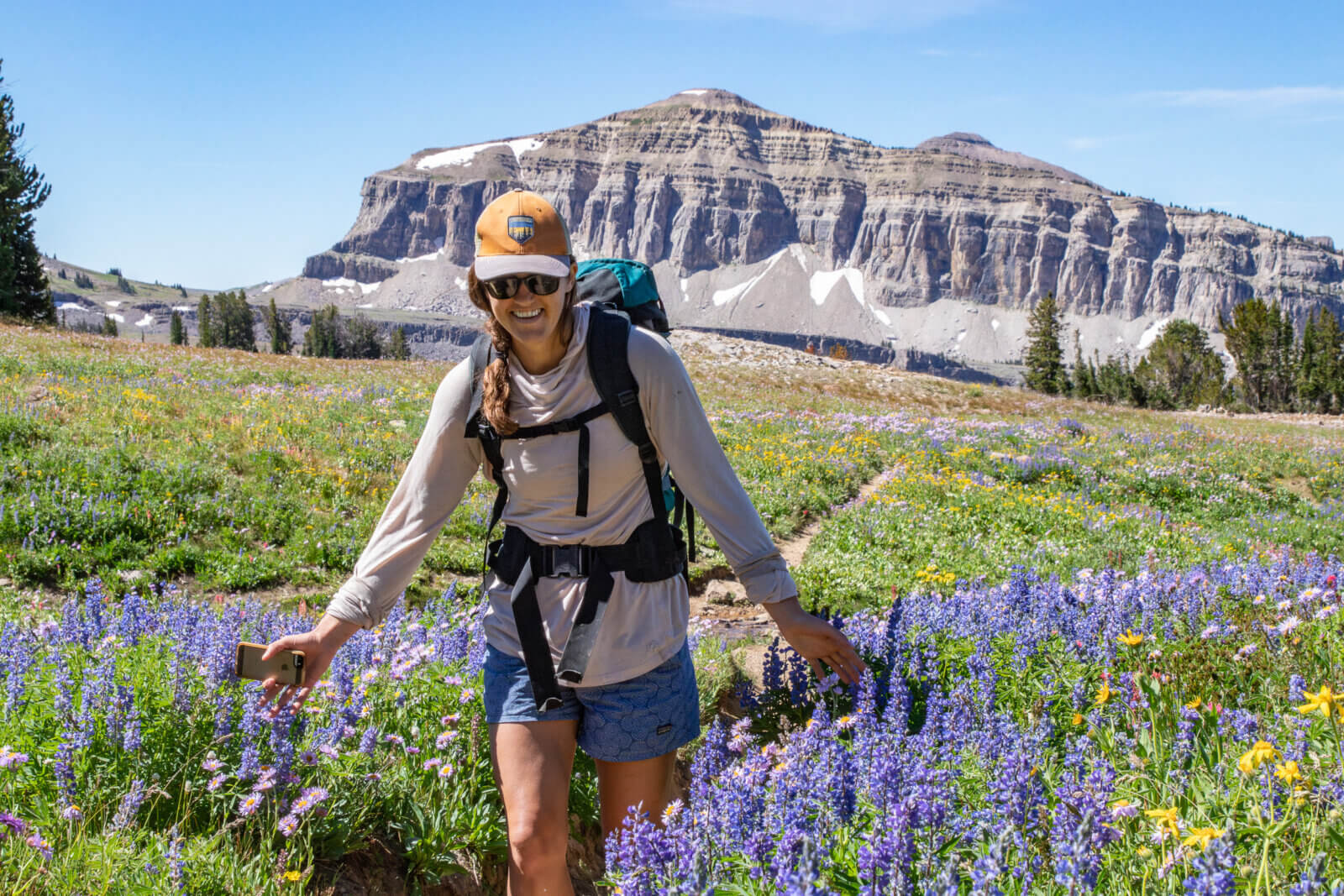
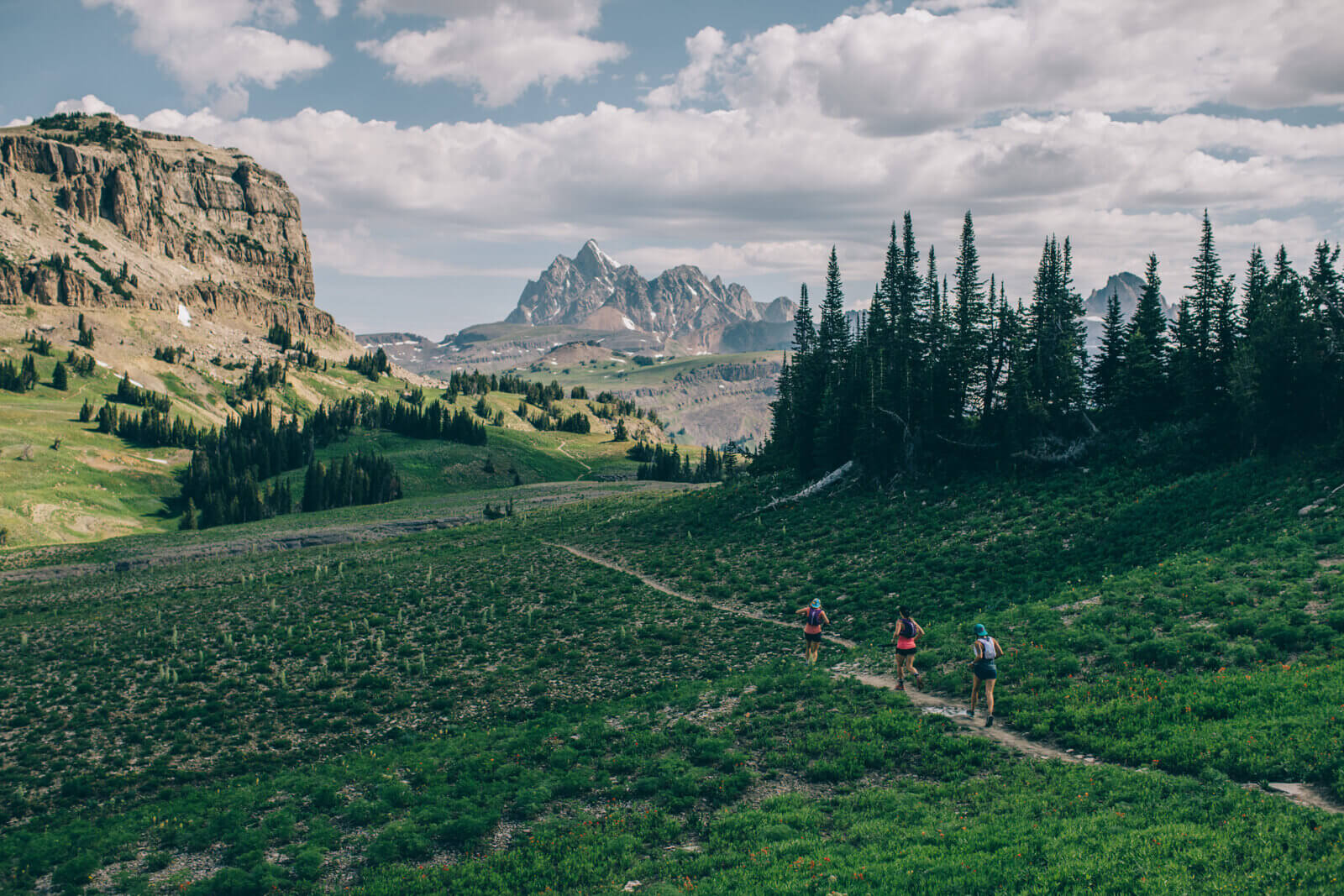
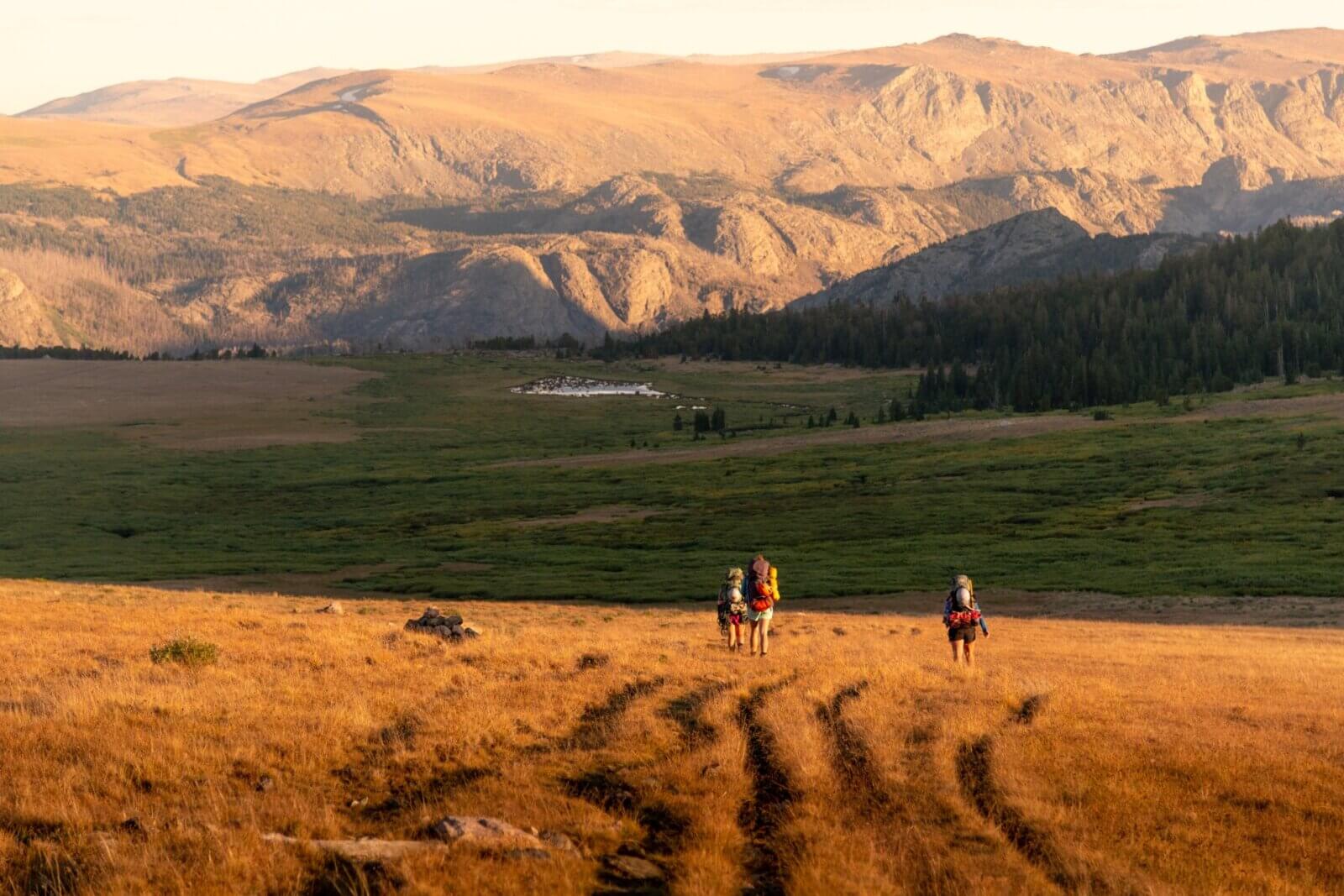
Backcountry travel in Grand Teton and Yellowstone National Park
The permitting process is one of the first things to understand when planning multi-day backcountry travel. Any overnight backcountry camping requires a permit year-round. Requests for advance backcountry reservations for the summer season are typically accepted from January through May. Many backcountry travelers mark their calendars for the opening day of reservations in order to secure a permit. While advance reservations are encouraged, they’re not required — depending on the park, walk-up reservations are available on a first come, first served basis 1 to 3 days in advance.
Regulations change from time to time, park to park, and season to season, so it’s best to visit the Yellowstone backcountry and Grand Teton backcountry information websites for permitting, conditions, bear closures, and other important information that’s frequently updated.
Backcountry travel outside the national parks
At this time, no permits are required for backcountry camping in the national forests around Jackson Hole except for commercial use. The Gros Ventre Wilderness, in the Bridger-Teton National Forest, is our secret gem and top recommendation for exploring gorgeous, remote areas with spectacular views and the best chance of escaping other people. It’s also a popular place for horsepacking. Visit the Bridger-Teton National Forest and Caribou-Targhee National Forest websites for more backcountry adventure ideas.
Ready for your adventure?
Leave No Trace principles for backcountry travel
Stay on Trail
Traveling in the backcountry requires increased awareness of the impact human presence and activity has on the natural environment, especially as we collectively endeavor to preserve wild places. One of the top things you can do to preserve our backcountry is to stay on designated trails and never shortcut trail switchbacks. Bikes must stay on paved pathways and aren’t allowed in the backcountry or on any trails in either national park.
Campsite Setup
Selecting an appropriate campsite in remote areas is the most important aspect of low-impact backcountry etiquette. Camp 200 feet (about 70 adult steps) away from water and trails and select a site that’s not easily visible to others.
Cooking areas, tents, and backpacks should be located on rock, sand, or gravel. In pristine places, it’s best to spread out tents, avoid repetitive traffic routes, and move your camp every night. To ensure pristine camps stay pristine when breaking camp, take time to naturalize the site by covering scuffed areas with native materials (such as pine needles), brushing out footprints, and raking matted grassy areas with a stick to hide any indication of where you camped. This makes it less likely that other backcountry travelers will camp in the same spot.
Manage Waste Properly
“If you don’t know, don’t go” is a local catchphrase when considering backcountry objectives in both summer and winter. But it also applies to human waste disposal, which is especially critical to protecting our environment and wildlife. In the national parks, WAG bags or portable toilets are required for backcountry camping; in the national forest, cat holes are acceptable. Plan to pack out toilet paper and feminine products — never bury or burn them.
Learn more about responsible waste disposal.
Packing one-pot and/or dehydrated meals reduces the amount of packaging (aka trash) you have to pack out. Using a small food strainer after doing dishes is an easy way to collect food scraps for the trash.
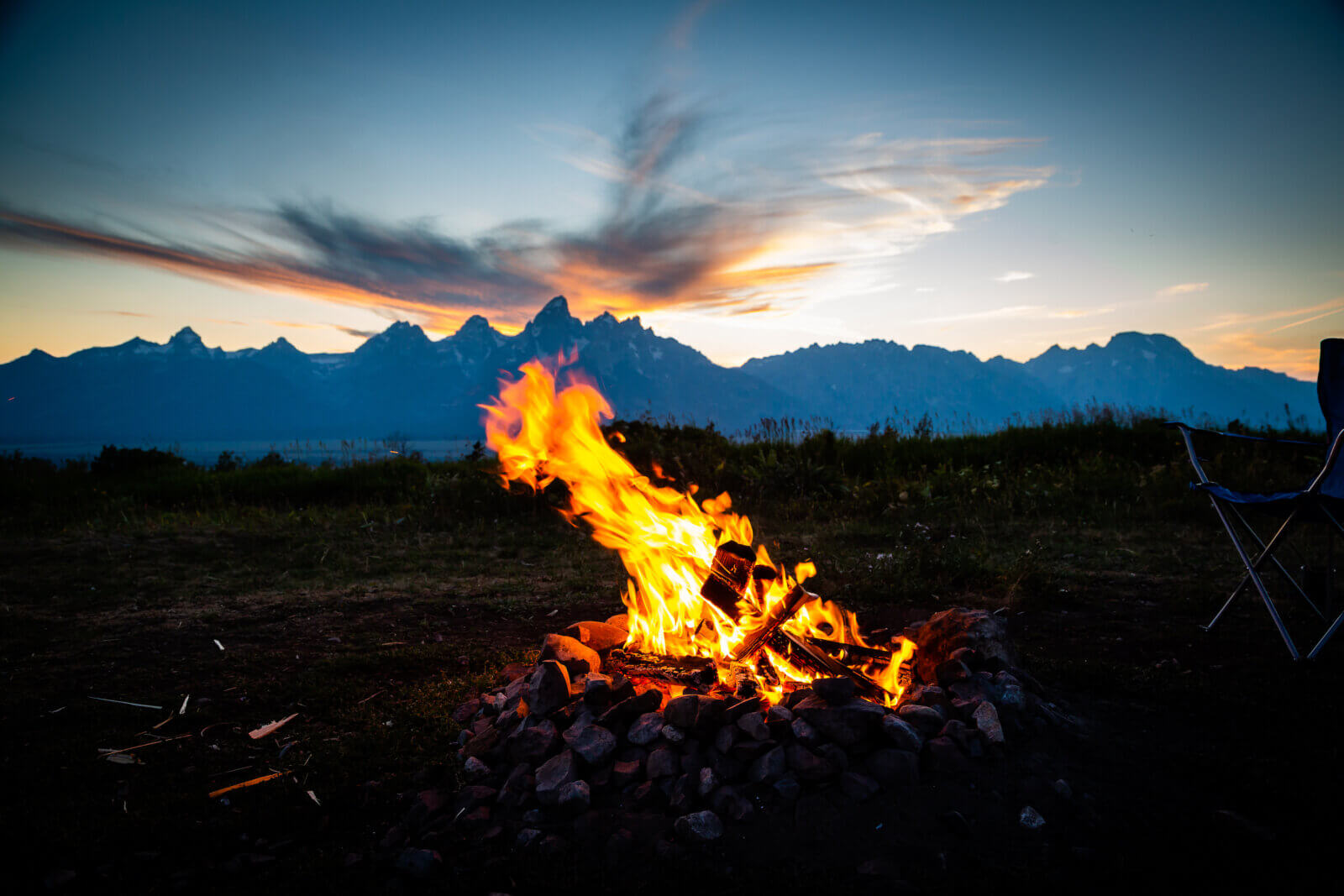
Backcountry safety
Backcountry Zero, a program launched by Teton County Search and Rescue, is our community’s vision to reduce major incidents in the backcountry surrounding Jackson Hole. “Prepared, practiced and present” is their mantra. While these principles apply to all aspects of your trip — from booking hotels to dining — we’re focusing on adventures in the outdoors here.
A few things to always consider:
- Research the area you plan to visit well in advance via maps, literature, and land managers. Do you need permits? Reservations? Any special transportation or parking considerations? Are there group size restrictions? Fire restrictions? What’s the terrain like? Is there water?
- Identify in advance the goals, expectations, and skill level of everyone in your group.
Be realistic about your knowledge to safely go into the backcountry — have you practiced using bear spray? Does someone have first aid training? Can you read a map when your phone dies or there’s no service? Does everyone have adequate avalanche training and equipment in the winter? - Check the weather conditions and make a backup/turnaround plan.
- Bring appropriate gear and supplies for safety and comfort. Backcountry Zero has a great checklist based on local knowledge about “what’s in your pack” for just about every winter and summer activity in the Tetons.
Adventure requires risk. We get that. It’s what makes us feel alive. But we’ve learned over the years that many tragic accidents could have been avoided by better preparation, training, and knowing and respecting your group’s limits.
We encourage all visitors to join us in taking the Backcountry Zero pledge:
- I am prepared with knowledge and equipment
- I communicate; I speak up and I listen
- I have a plan, and I tell a friend about it
- I am prepared to turn around
- I am present, patient, and mindful
- I respect the mountains and the wild lands we live in
- If I don’t know, I don’t go
